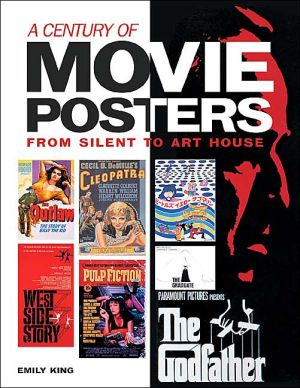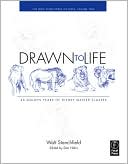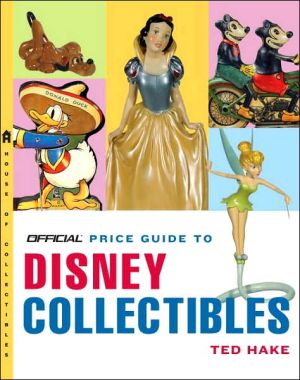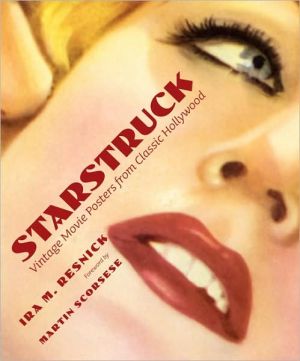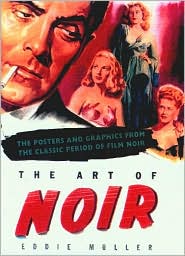A Century of Movie Posters: From Silent to Art House
Film buffs, graphic designers, and art students will relish this beautifully produced and strikingly illustrated volume. Arranged in roughly chronological order, it brings together movie posters from around the world, starting with Charlie Chaplin film ads and the Russian Revolutionary movie posters of the 1910s, then spanning the century to show posters publicizing hits of the 1990s, including The Silence of the Lambs, Spike Lee films, and many more. The book's sections focus on renowned...
Search in google:
Film buffs, graphic designers, and art students will relish this beautifully produced and strikingly illustrated volume. Arranged in roughly chronological order, it brings together movie posters from around the world, starting with Charlie Chaplin film ads and the Russian Revolutionary movie posters of the 1910s, then spanning the century to show posters publicizing hits of the 1990s, including The Silence of the Lambs, Spike Lee films, and many more. The book's sections focus on renowned individual designers, directors, movies, and genres. Important poster designers such as Saul Bass, Jan Lenica, and Juan Gatti receive particular attention, as do great directors who had strong opinions about how their films should be represented. Among the latter are Alfred Hitchcock, Jean-Luc Godard, and Otto Preminger. All major film genres are represented—musicals, Kung Fu movies, films noir, westerns (including so-called "spaghetti westerns" filmed in Italy), science fiction classics, and others. Readers are treated to examples of movie posters not only from the United States, Britain, and France, but also to previously unpublished examples from countries as diverse as Poland, China, and Cuba. For instance, fans of Orson Welles might be surprised to see the previously unpublished Italian poster advertising Citizen Kane under its Italian title, Quarto Potere (The Fourth Estate). This handsome volume will be valued by graphic designers, poster collectors, and anyone sharing the popular passion for cinema.Library JournalThere are many film poster books, be they related to genre (Graven Images: The Best of Horror, Fantasy and Science Fiction Art), an individual star (Errol Flynn), or a specific decade (Film Posters of the 60s). In this historical overview, similar in scope to Stephen Rebello's Reel Art, King, design editor of Frieze magazine, takes a predominantly chronological route and demonstrates how poster art was and is used to promote a film's stars, maker, or message. She examines posters defining actors (e.g., James Dean, Marilyn Monroe, and Audrey Hepburn) and those on which input came from directors (e.g., Alfred Hitchcock and Billy Wilder). There are also chapters on Britain's Ealing Studios comedies, individual films like Trainspotting and Wings of Desire, and Czech, Polish, Chinese, and Cuban posters. Designers Saul Bass, Bob Peak, and Peter Strausfeld receive extended treatment, while several dozen other artists are profiled in a three-page appendix. King discerns a dull sameness among contemporary posters. While not exhaustive, this book is up-to-date and, more than most poster books, shows how many posters came to look the way they do. Recommended for all public libraries and film collections.-Kim Holston, American Inst. for Chartered Property Casualty Underwriters, Malvern, PA Copyright 2004 Reed Business Information.
\ Library JournalThere are many film poster books, be they related to genre (Graven Images: The Best of Horror, Fantasy and Science Fiction Art), an individual star (Errol Flynn), or a specific decade (Film Posters of the 60s). In this historical overview, similar in scope to Stephen Rebello's Reel Art, King, design editor of Frieze magazine, takes a predominantly chronological route and demonstrates how poster art was and is used to promote a film's stars, maker, or message. She examines posters defining actors (e.g., James Dean, Marilyn Monroe, and Audrey Hepburn) and those on which input came from directors (e.g., Alfred Hitchcock and Billy Wilder). There are also chapters on Britain's Ealing Studios comedies, individual films like Trainspotting and Wings of Desire, and Czech, Polish, Chinese, and Cuban posters. Designers Saul Bass, Bob Peak, and Peter Strausfeld receive extended treatment, while several dozen other artists are profiled in a three-page appendix. King discerns a dull sameness among contemporary posters. While not exhaustive, this book is up-to-date and, more than most poster books, shows how many posters came to look the way they do. Recommended for all public libraries and film collections.-Kim Holston, American Inst. for Chartered Property Casualty Underwriters, Malvern, PA Copyright 2004 Reed Business Information.\ \
